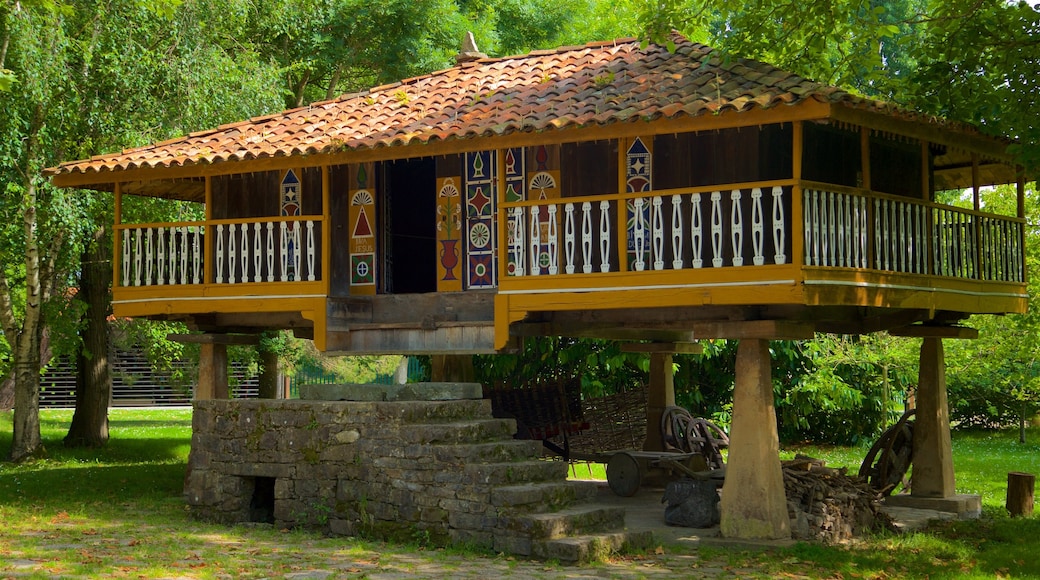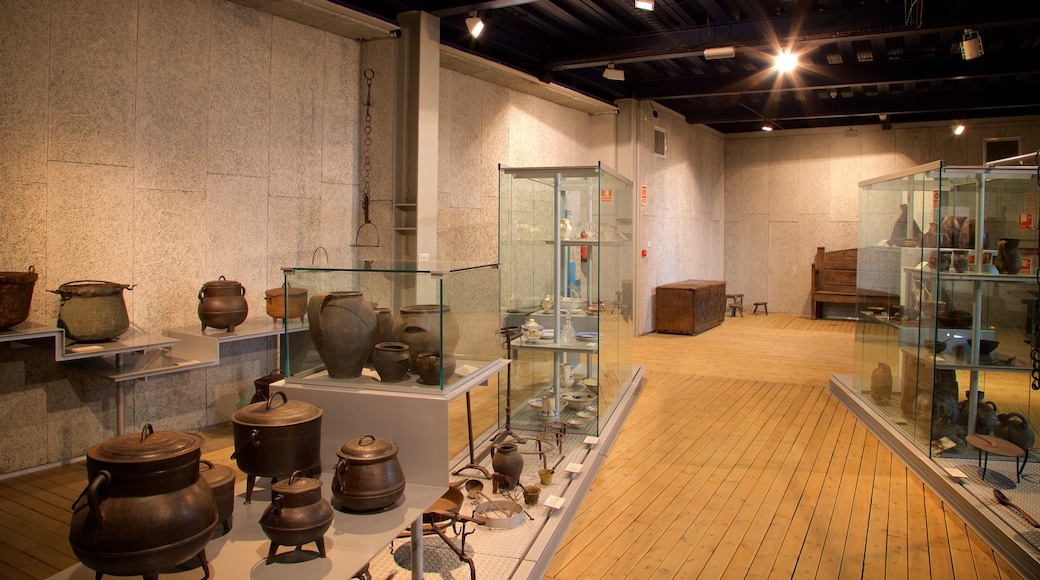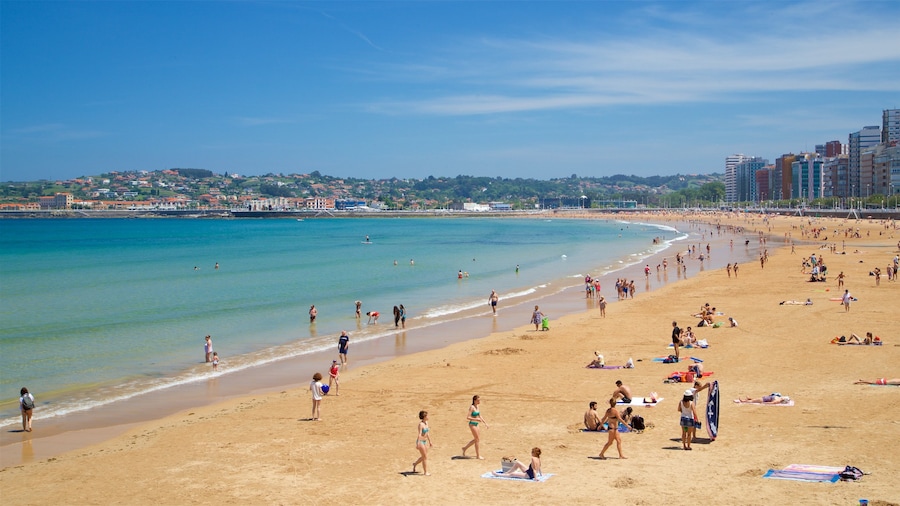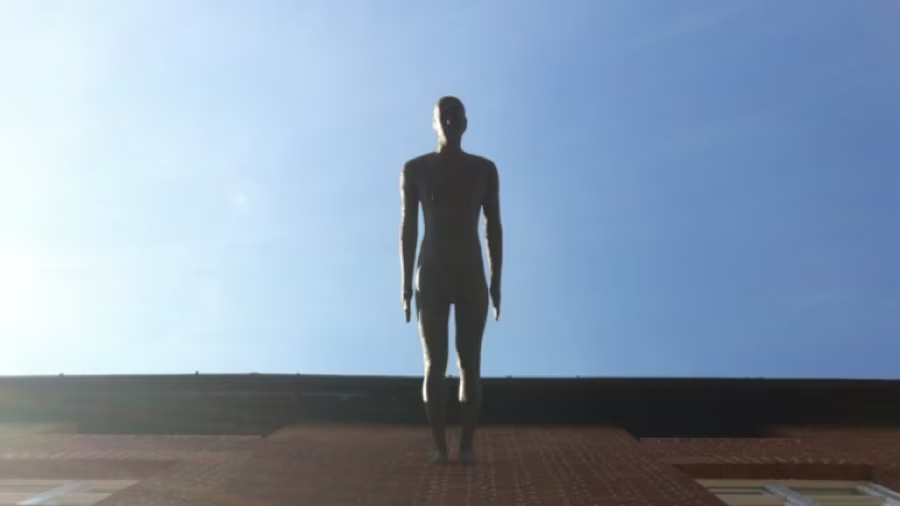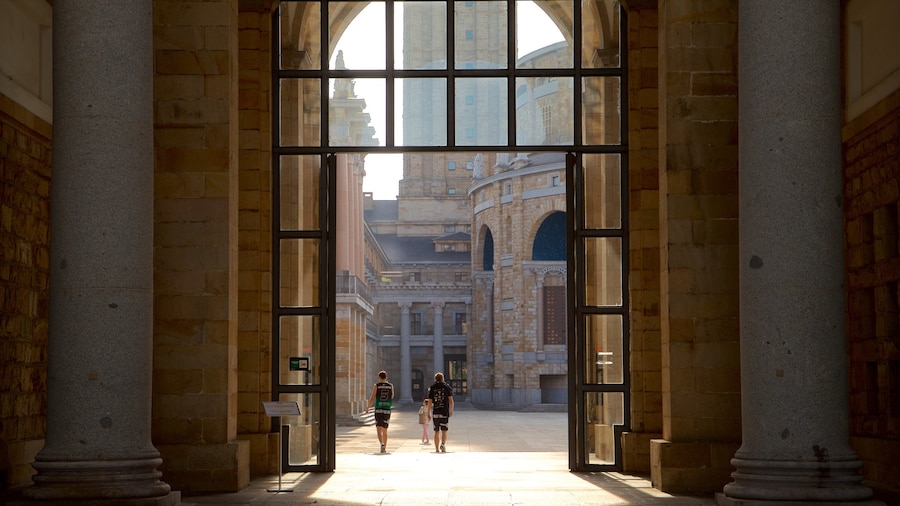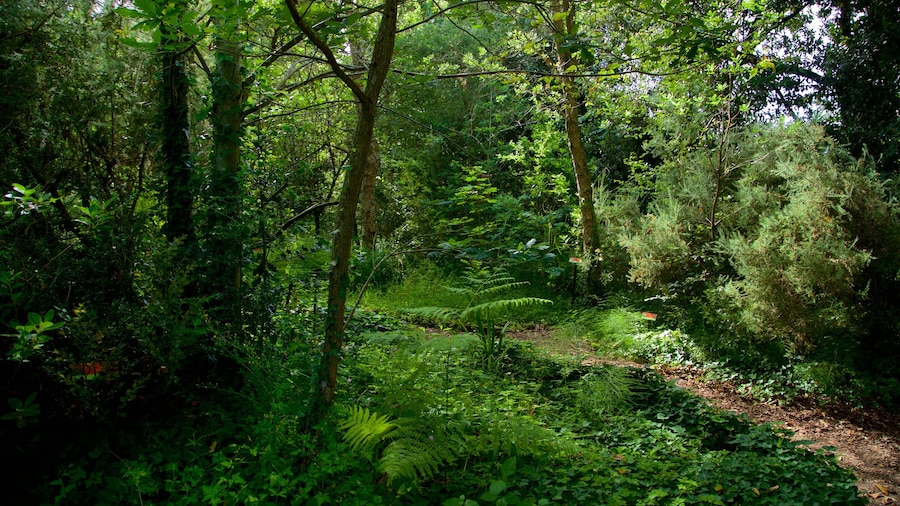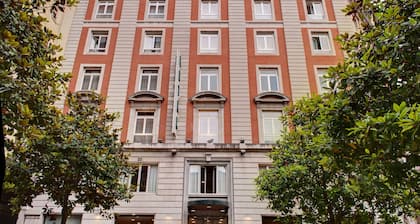The Museum of the Asturian People (“Muséu del Pueblu d’Asturies” in the local language) is devoted to the culture and traditions of this proud northern region of Spain. Check out exhibits on everything ranging from local bagpipes and graphic arts, to agricultural life and diaspora.
The museum was founded in 1968 with the goal of conserving and promoting the traditional culture and the collective memory of the Asturias area. This region of Spain is known for its deep cultural heritage just as much as the magnificence of its mountains and rugged coastline. Delve deep into Asturian history through a wide variety of artifacts and curated experiences.
Encounter life from a time past by surveying the open-air space’s traditional dwellings, granaries and agricultural tools. The Asturian Pavilion from the 1992 Exhibition of Seville was also installed on this site in 1994, and now hosts numerous museum exhibits over its three floors.
Visit the Muséu de la Gaita to explore the musical heritage of Asturias. A diverse collection of the world’s bagpipes will help to contextualize the Asturian variety, while a range of other local instruments are also on display.
Head to the Fototeca de Asturias to see professional and amateur photography that reflects the evolution of local life from 1850 to the present day. Hundreds of thousands of images are held at the museum, reflecting a rich store of insights into the region’s past. Try to catch one of the temporary exhibits, which are regularly organized around such themes as civil war, Asturians in America, or portraits with animals.
The Museum of the Asturian People is located around 1.5 miles (2.5 kilometers) to the east of the city center, accessible from there by bus. The museum is open every day except Mondays. Opening times vary according to the season so check ahead before you visit. If you can, go to the museum on a Sunday to enjoy free entry.

